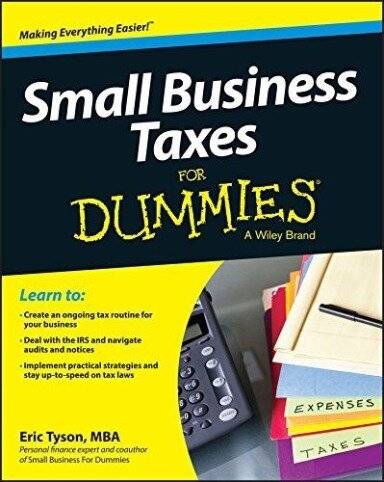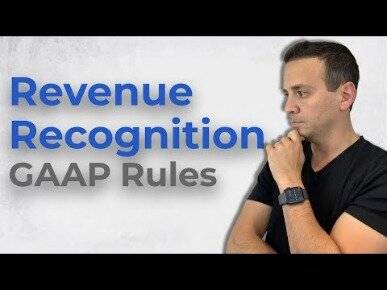Accounts receivable services play an important role in keeping your company’s financial accounts accurate and up-to-date. Without them, it’s much more complicated to issue or track invoices or make hassle-free transactions with customers. Therefore, selecting the best AR services provider, particularly one that harnesses the power of automation, is crucial to ensure that your business always enjoys peak financial performance. AR management consists of policies and procedures that maximize account management efficiency and minimize the risk of bad debt.
- While increasing revenue and recovery is the fundamental core of our business, we understand the importance of cultivating a positive experience.
- Join the 50,000 accounts receivable professionals already getting our insights, best practices, and stories every month.
- Having an efficient accounts receivable management service – or partnering with a third-party who can provide that for you – can have a range of benefits for your business.
- A well-prepared invoice, with important information that is documented and conveyed clearly and concisely, is an essential building block of effective AR management.
Experience the InvoiceSherpa difference firsthand and discover a smarter, more efficient approach to AR management. Try InvoiceSherpa free for 14 days and embark on a journey towards optimized cash flow and business growth. Not having well-defined policies and practices in place, especially as they concern credit and collections, can hinder the business’s ability to collect payment and sour relationships with customers. In this way, modern, digital accounting help businesses enhance and improve their management of accounts receivable. The receivables turnover ratio is the inverse of the receivables-to-sales ratio. In contrast, a higher number reveals a better success rate in collecting payments, which is a positive sign for the business.
What makes Axim so effective?
Accounts receivable services give you access to several different resources under one roof without hiring more staff to fulfill different roles. Our global network includes leading consulting and technology organizations that enable us to deliver exceptional solutions to our shared clients. Every executive is committed to ensuring transformational success for every customer. World-class support so you can focus what do you need to prepare a partnership tax return on what matters most.BlackLine provides global product support across geographies, languages, and time zones, 24 hours a day, 7 days a week, 365 days a year. We are here for you with industry-leading support whenever and wherever you need it. Accelerate adoption and drive productivity and performance.One of the critical success drivers for any software technology is effective user training and adoption.
- In this way, modern, digital accounting help businesses enhance and improve their management of accounts receivable.
- Proper accounts receivable management allows you to find the right balance during this time between outstanding invoices and potentially lost wages.
- Accounts receivable management can be a difficult subject to tackle, and many firms dislike undertaking the task.
- As a business owner, you need to grasp the essence of AR management and its services to ensure a healthy financial ecosystem.
By outsourcing your accounts receivable processes, you will pay a low monthly fee for a third-party service to streamline tedious, time-consuming tasks that would usually require several of your employees. Finally, legacy applications used in accounts receivable management are often time-consuming and labor-intensive. They do not provide the business with the latest features in data-based management or offer them the fastest and most efficient means of processing information. Maintaining customer master data, and storing it in a centralized data-based system, is another example of how modern accounting can improve accounts receivable management. Incoming cash can’t be utilized by the company until it has been properly assigned, so effective and timely cash application is an essential element of any accounts receivable management.
Get in touch today for a personalised accounting solution specific to your business.
From leveraging technology to understanding cultural nuances, these services ensure that businesses can maximize their collections while maintaining strong client relationships. Companies can’t fix what they can’t measure, which is why companies must evaluate their AR performance to accurately assess their accounts receivable management performance. The most prominent AR metrics are day sales outstanding (DSO), collection effectiveness index (CEI), accounts receivable turnover rate, and average days delinquent (ADD).
How to select the right accounts receivable service provider
A systematic approach ensures not just timely collections but also a healthy relationship with clients. With outsourced AR services, you’ll have access to a one-stop shop for all your payment collection needs. Different services provide sophisticated invoicing and collection systems that ensure you receive timely payments. This includes sending reminders and payment notifications automatically to nudge customers to pay.
TSI Services
Together with expanding roles, new expectations from stakeholders, and evolving regulatory requirements, these demands can place unsustainable strain on finance and accounting functions. Timely, reliable data is critical for decision-making and reporting throughout the M&A lifecycle. Without accurate information, organizations risk making poor business decisions, paying too much, issuing inaccurate financial statements, and other errors. F&A leadership can have a significant impact by creating sustainable, scalable processes that can support the business before, during, and long after the IPO. This company-wide effort crosses multiple functional areas and is reinforced by critical project management and a strong technology infrastructure.
Powerful Tools that Drive Success
By partnering with experts specializing in receivable management services, companies can benefit from their expertise, technology, and best practices. It not only ensures optimized cash flows but also allows businesses to focus on their core competencies. In conclusion, a clear understanding of accounts receivable management is vital for business owners navigating the complex financial landscape. Beyond an administrative function, accounts receivable management emerges as a strategic tool for preserving cash flow, building client relationships, and mitigating financial risks.
How InvoiceSherpa Can Help You Save Time and Stress by Collecting Debts Faster
While everyone wants to have smooth cash flow, this is impossible for every industry due to the credit period existing in these industries. Proper accounts receivable management allows you to find the right balance during this time between outstanding invoices and potentially lost wages. Accounts receivable management services might be just what you need to turn around your cash position, so talk to businesses about it today. As your business partners in AR, Axim acts as a trusted extension of your team to facilitate payments politely and effectively on your behalf. Enjoy the difference of an outsourced accounts receivable management firm where our only priority is receivables – so you can reduce aging invoices and free up cash flow faster.
Rising labor costs and shifting expectations are contributing to unprecedented change in the labor market and altering the way companies and their executives think about talent management. ESG is an opportunity for F&A teams to have a direct impact on how their organizations interact with the communities around them and how they deliver value to their stakeholders. Drive visibility, accountability, and control across every accounting checklist.

